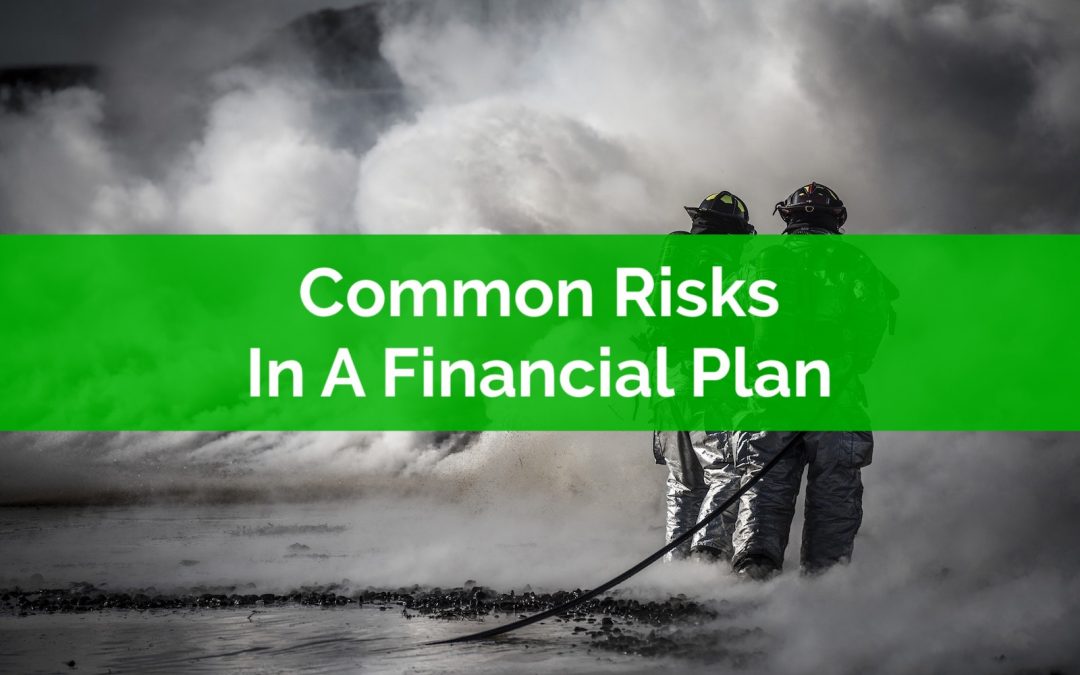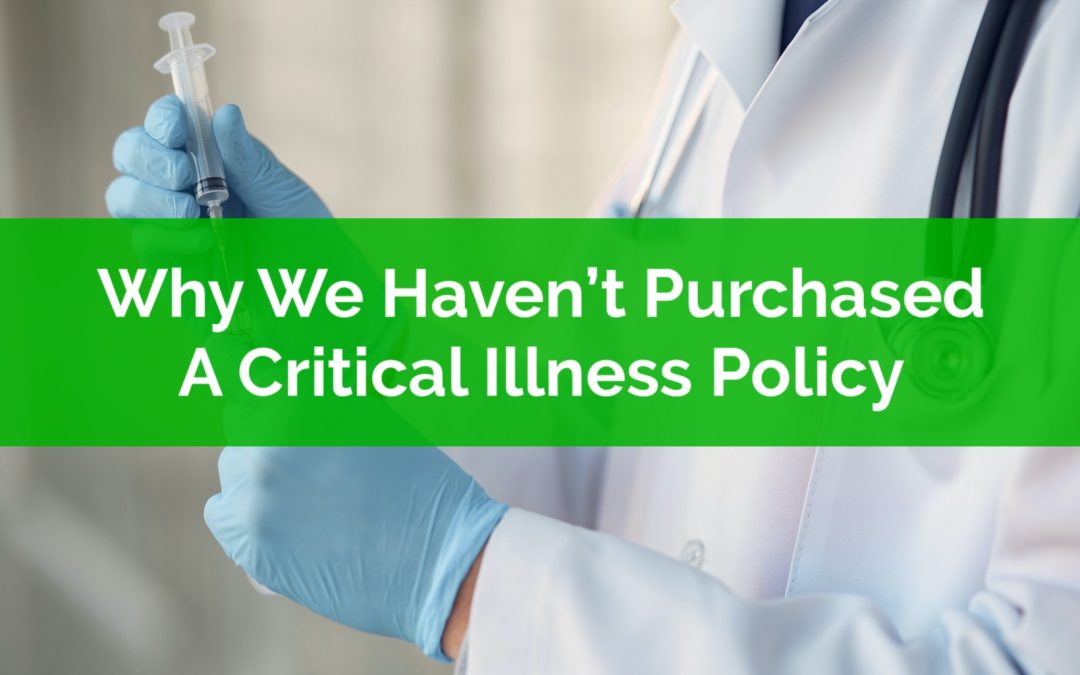
by Owen | Jun 14, 2021 | Financial Planning, Insurance And Risk Management, Tax Planning
When you’re thinking about your financial future it’s important to consider risk. There are your typical risks, like the risk of losing money with investments, the risk of passing away unexpectedly, or the risk of not being able to work for an extended period of time. These are all common risks we need to plan for.
But there are also other risks too, ones that many of us might not include in our plans. These risks are less common, more speculative, but can be just as damaging. Risks like changes to government benefits, increasing tax rates, or changes to tax-advantaged accounts like the RRSP and the TFSA.
Based on age alone, the TFSA is relatively young, it’s barely entering the double digits. Although it was only introduced in 2009 it has already experienced a few dramatic changes during that time.
Anticipating changes to tax-advantaged accounts is an important part of any financial plan. A good plan should have enough room to absorb a few of these unexpected changes without causing major stress.
To ensure your plan is robust you need to anticipate these changes and understand how they might impact your plans.
In this post we’re going to speculate on a few ways that the TFSA could change in the future. This is pure speculation but it’s a good exercise to understand what changes might be possible in the future and how your plan can absorb them if they were to actually happen.

by Owen | May 24, 2021 | Financial Planning, Insurance And Risk Management, Retirement Planning
No financial plan is immune from risk. No amount of planning is going to eliminate risk entirely. In fact, there are many common risks in a financial plan that may cause issues down the road. What we need to do is identify what types of risk a financial plan may face and find ways to reduce risk or mitigate it where possible.
When we talk about risk we naturally assume that means investment risk. While this is one common type of risk, there are also many other risks we need to watch out for.
A lot of these risks can be reduced or sometimes even eliminated with proper planning. For each major type of risk below, we’ve highlighted a few ways to help mitigate the impact it may cause. But even with these tips, its usually impossible to eliminate risk entirely.
A financial plan will typically cover 30-50+ years. Over this time span there are many unknowns that may occur. A good financial plan will be flexible enough to absorb these unknowns and still be able to reach the same goals with only minor tweaks.
This flexibility is important. It’s impossible to eliminate all risk. It’s very likely that even the best laid plans will experience some disruption along the way. Having some flexibility, and knowing where that flexibility exists, will help reduce the stress and impact if the unfortunate were to happen.

by Owen | Apr 26, 2021 | Financial Planning, Insurance And Risk Management, Investment Planning, Retirement Planning
If we knew how things would unfold in the future, then financial planning would be easy.
If we knew things like future investment returns and future inflation rates, then that would remove a lot of uncertainty in a financial plan.
If we also knew when we’re going to die, then we could make sure that we spend every penny and “bounce the last check”.
But because of all the unknowns, we have a lot of uncertainty within a financial plan. To create a great financial plan, we have to evaluate and plan for that uncertainty. We have to understand both the average and the extremes. We don’t want to run out of money in the future, so it’s important that we manage this uncertainty properly and avoid making bad assumptions.
Life expectancy is one of those assumptions and it’s a big assumption within a financial plan. Assume a life expectancy that is too short and there could be years (or possibly decades) of meager retirement income.
When it comes to life expectancy, we can’t just assume the average, we need to know how much longer our money needs to last. Is it 5-years past the average, 10-years, 20-years, or more? Hopefully it’s for a very long time.

by Owen | Feb 8, 2021 | Financial Planning, Insurance And Risk Management
What is joint first-to-die life insurance and why would you choose it over two regular life insurance policies?
Life insurance is meant to protect against an unexpected death. It’s meant to provide financial protection for those who may be dependent on the insured. This is very common for families with young children and also for households with dual incomes (especially when one income is larger than the other).
There are many types of life insurance but one of the most common types for the average Canadian family is called term life insurance.
Term life insurance covers the insured person for a specific length of time (the term). It’s typically less expensive than other types of life insurance because it only lasts for 10, 15, 20, 25 years. The cost of term life insurance is very low when purchased early. A young family in their late 20’s or early 30’s will pay very little for term life insurance because the probability of an unexpected death is very low.
Joint first-to-die is one form of term life insurance that is available to couples. A joint first-to-die insurance policy pays out when the first person in a couple passes away. Instead of having two term life insurance policies for $500,000 each, a couple could purchase a joint first-to-die policy that covers both for $500,000. A joint first-to-die term life insurance policy is typically less expensive than two similar but separate policies, so it can be attractive in certain situations. But what are the downsides of a joint first-to-die life insurance policy? And when might you choose a joint first-to-die policy over two separate policies?

by Owen | Aug 10, 2020 | Financial Planning, Insurance And Risk Management, Investment Planning, Retirement Planning
The 4% Rule is a common personal finance rule. It suggests that a retiree can spend 4% of their initial retirement portfolio each year, adjusted for inflation, and have a reasonably high chance of success.
When talking about the 4% Rule, a retirement period is considered a “success” when the retiree doesn’t run out of money by the end of retirement. Any investment balance above $0 is considered as success, even if that’s just $1.
By using this safe withdrawal rate, the success rate of a retirement plan could be as high 90%-95%+. This means that during 5%-10% of historical periods a retiree could run out of money if faced with the same sequence of returns in the future.
But… this also means that during 90%-95% of historical periods a retiree will end up with money left over, sometimes a lot of money.
This is the unspoken downside of the 4% Rule. By aiming for a high success rate of 90%-95% we’re often building plans for the very worst-case scenarios. By using the 4% Rule we’re planning for a very poor sequence of returns in early retirement, we’re planning for below average returns for 5, 10, 15+ year periods, or we’re planning for high inflation that is significantly above the average.
But what happens if we get average returns, average inflation, and steady growth year over year… well… we could die with millions in the bank.
No one wants to be “the richest person in the graveyard”, so what can be done about the fact that 90%-95% of the time the 4% Rule will leave us with lots and lots of money in late retirement?
There are a couple options to consider but first, let’s look at the typical “success rate” analysis that we do in a retirement plan and what “success” actually means.

by Owen | Jun 22, 2020 | Financial Planning, Insurance And Risk Management
Critical illness insurance is a unique type of insurance that will provide a lump-sum payment in the event of a critical illness. What is unique about critical illness insurance versus other types of insurance is that it is VERY specific about what is covered.
Unlike disability insurance, or life insurance, a critical illness policy has some very specific criteria that need to be met before benefits are paid out. While many people may feel that their illness is critical, a critical illness policy doesn’t actually cover many common illnesses but only specific “critical” illnesses.
The idea behind critical illness is good. It can provide financial support during a difficult period of time. A time that may see a decrease in income or an increase in expenses. It helps provide financial support during an unexpected and potentially life changing period.
But despite the benefits we’ve personally decided not to purchase a critical illness policy. We made this decision for a number of different reasons, which I’ll touch on at the end of the post, but first let’s review what a critical illness policy is and what it covers.
Warning: This is not insurance advice. These are my own opinions about critical illness insurance and shouldn’t be considered insurance advice. If you’re unsure if critical illness insurance may benefit you then you should speak with an independent insurance advisor.






